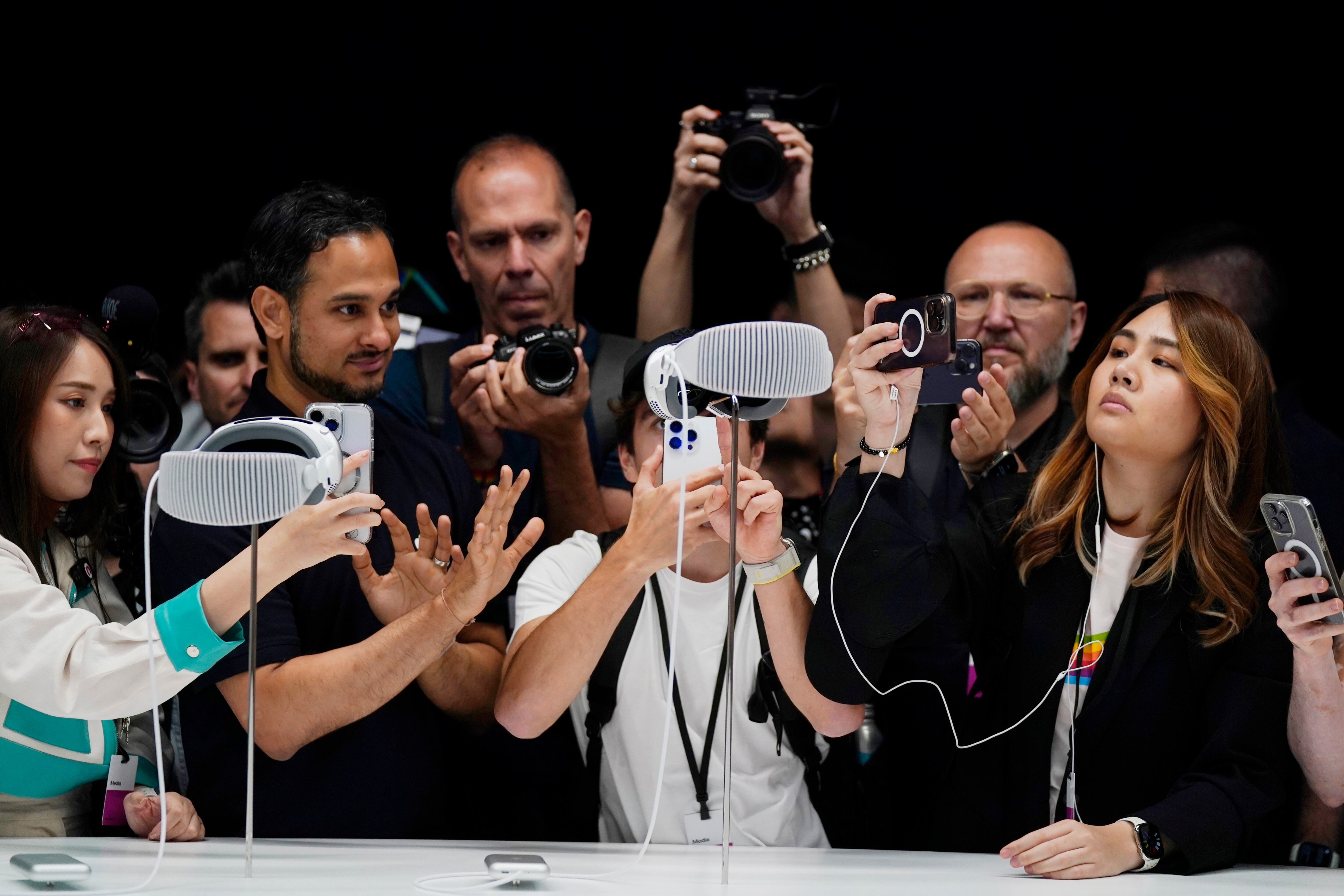According to the CDC, more than a third of high school students said they had poor mental health during the pandemic. Four out of 10 said they felt sad or hopeless during the past year.
March 2 — World Teen Mental Wellness Day — is meant to bring awareness to the struggles young adults are facing today. With all the societal pressures both online and offline, there’s a lot in today’s world that can be especially challenging.
On top of the struggles of growing up, there’s complex social pressures online. PEW Research has shown some social media can actually relieve stress, especially among women. It can foster community among people who may feel like they are outcast, and it can help teens connect with their parents, whether it's sending funny memes or more serious topics they want to discuss.
At the same time, social media can cause them to see unrealistic images of who they should be, lead to more harassment or cause them to feel inadequate especially because teens are online a lot. A 2019 study of U.S teens showed that those who used social media for three or more hours a day were at a higher risk for mental health problems.
The most popular app among teens these days, TikTok, unveiled new controls to help manage some of these issues. Those under 18 will get 60-minute time limits, and notifications on how much time they spent on the platform over the week. The company worked with organizations including the Digital Wellness Lab at Boston Children’s Hospital to create these new features
"We’ve been testing this for about a month, and in that time, we’ve seen over 200 percent increase in engagement with our time management tools, which is a fantastic result," said Eric Ebenstein, TikTok senior director of public policy.
Other updates include limiting notifications during sleeping hours for teens and letting parents control more aspects like who can message teens and amount of time they can be on the app.
"Teens are some of our most busy population, we want to make sure they have all the tools at their fingertips and the parents as well," he said. "Family pairing is this fantastic feature that allows a parent to connect their account to that of their teens and then manage safety settings and time management settings from the parents’ account. We want to give more granularity, more control, and allow the parents and their teens to go on this journey together."
Other platforms like Instagram have also added time controls and guides on how to talk to your kids about social media. Instagram also notifies parents on suspicious accounts that may be trying to talk to your child. YouTube has features that let parents decide what content is appropriate for their teens, including supervised accounts for those 13 or under. There are also age restrictions on clips that may be unsuitable for younger users.
If you want to talk to your kids about social media and how it may affect them, here are some suggestions:
- Spend some time on the apps. It’s going to make it easier to understand what teens are seeing if you use the apps yourself.
- It’s important to understand that social media is all about selling something, whether it’s an image or a product or a lifestyle. Knowing this isn’t real life — and being able to communicate that sentiment can go a long way.
- You should also look into creating a "Family Media Plan." The American Academy of Pediatrics has a helpful guide. Set rules on social media usage, but also model that behavior. If you’re always on your phone, you can’t expect your teen to think its not okay for them to do that as well.
- Have open conversations. Social media is a part of today’s world and can be a good thing. But if you’re honest it will be easier for your teen to approach you with any issues they may be facing.












